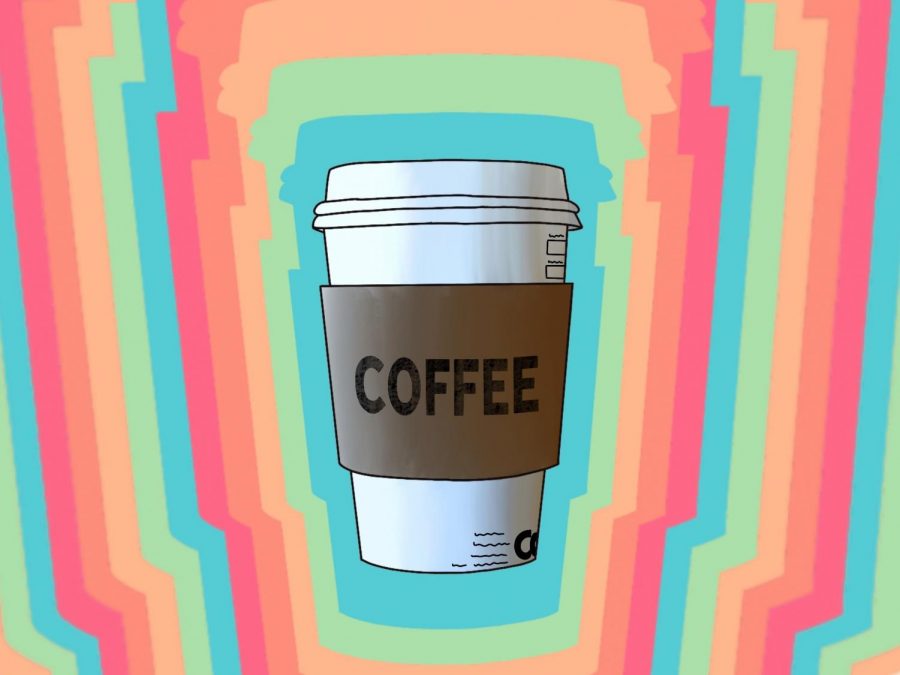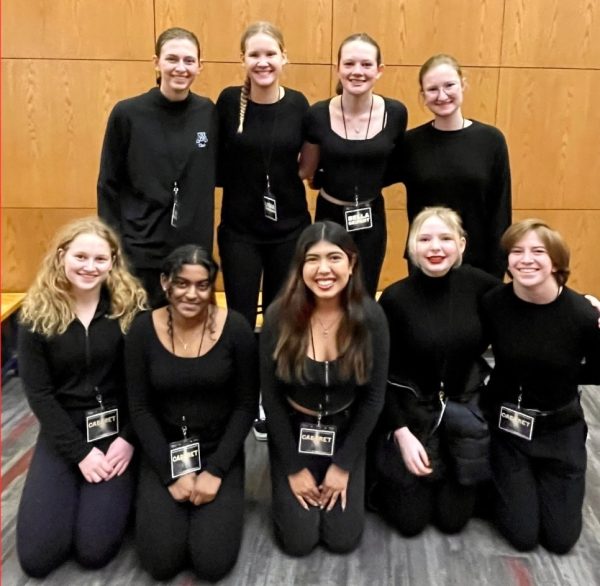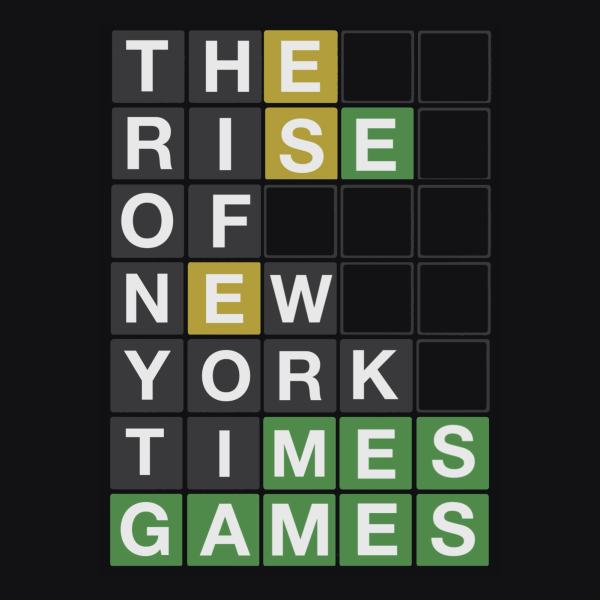Caffeine Addiction & Overuse Among MHS Students
April 30, 2021
“I’m so tired. Wow, I really need some caffeine.”
Spend a day alongside any student at Minnetonka High School, and one will likely hear complaints such as this one throughout the day. As of 2020, 50% of adolescents consume energy drinks and 31% consume caffeine on a regular basis. The result? Caffeine overconsumption at a young age and a serious dependence on this commonplace drug.
“I’ve been drinking caffeine for a long time, since the beginning of ninth grade,” Emma Anderson, ‘23, said, “I was usually tired, so I just started drinking it.”
Why is it commonplace to see a fifteen-year-old girl chugging a caramel macchiato, or a student athlete downing a Monster before sports practice? For many high school students, keeping up with a fast-paced digital world and mounting homework might be the reason. Maintaining grades, performing well in extracurriculars and having a social life seem more manageable with a little energy boost.
Another underlying factor is America’s pervasive “caffeine culture.” Adults seem to revere the drink as a vital ingredient to life; Instagram coffee trends captivate their teenage audiences. According to commercials, “Red Bull gives you wings.” Our society has an entirely romanticized vision of caffeine, but is it really as good for us as we think?
Caffeine is a drug found in the leaves and seeds of plants, most notably the coffee bean. On the other hand, most energy drinks include artificially-made caffeine, which is absorbed even faster in the body.
When consumed, caffeine stimulates our nervous system, giving the body what feels like more energy. In small doses, caffeine can improve alertness and reaction time and increase the speed at which the brain processed information. In overuse, caffeine can cause insomnia, restlessness and anxiety. Caffeine overdose can lead to accelerated heart rate and, in rare cases, death.
People can build tolerance and addiction to caffeine like to any other drug. Although commonly known as the problem of burnt-out workers and college students, high schoolers are increasingly experiencing caffeine addiction as well.
When Anderson was asked if she considers herself addicted to caffeine, she nodded and gave a small laugh.
“I realized I was addicted in the summer of 2020,” she said. “I realized I needed it to stay awake.”
Withdrawal symptoms from caffeine addiction can have severe effects on a student’s health and academic performance. High schoolers can experience symptoms such as fatigue, irritation, and sleepiness; they may also develop more serious conditions like anxiety and depression. These effects can greatly interfere with the attention needed in the near-seven-hour school day.
Similar to alcohol, the impact of caffeine on an adolescent is more than twice the effect on an adult. This makes high schoolers even more susceptible to caffeine-related symptoms.
Many caffeinated drinks also contain excessive amounts of sugar.
“The mix of caffeine and sugar can affect mood,” dietitian Susie Burrell said. “After drinking an energy drink, teenagers can experience a ‘down’ period about 30-40 minutes afterwards.”
Anderson’s experiences coincide with Burrell’s perspective, as she said that “[she] definitely [goes] up and down throughout the day.”
The sugar content of these drinks also paves the way toward tooth decay and obesity. As many students may skip breakfast or lunch for such a drink, caffeine overuse has also been linked with poorer nutrition and calcium deficiency.
Even worse, caffeine severely stunts proper brain development and growth in teens. Teenage brains have highly active neural pathways, which mature and form the complex decision-making skills needed for adulthood. Consuming caffeine disrupts this growth, ultimately leading to delayed brain development.
In light of this issue, perhaps the most unnerving fact is the ease of access to caffeine within MHS.
Anderson described the two caffeinated drinks she has every day: “either a Monster or a Bang, and a Sparkling ICE from the cafeteria. It’s definitely easy to get caffeine from school.”
At a glance, the combined menus of the MHS Cove, Lighthouse, and Dock, sell a wide variety of caffeinated merchandise. Students can choose from as many as seven different drinks containing the drug, all priced between $1-3.
The American Academy of Pediatrics recommends that teenagers between fourteen and seventeen limit their caffeine intake to 100mg or less per day. MHS students who buy two or three of these drinks a day may easily breach this limit.
A Kickstart, sold for $2 at the Dock, contains 92 mg of caffeine. A Sparkling ICE contains 70 mg. Some drinks sold at MHS simply have no defined caffeine content on the label. For example, a Switch Energy Drink, sold for $1.25, is said to contain the same amount of caffeine as a cup of coffee. How much caffeine is in a cup of coffee? Anywhere from 70 to 140 mg.
It’s becoming increasingly clear how pulling an all-nighter while drinking a Monster is becoming an average occurrence for high school students. Be it the impulse to conform to consumer culture or to keep up with everyday life, caffeine overuse and addiction in students is a serious, widespread issue that demands confrontation. Many students within Minnetonka are currently stuck in this cycle of caffeine misuse. It is time to dissuade the MHS student body from this harmful behavior by advocating for healthier and sustainable consumption habits.
Students can slowly phase energy drinks and sugary coffees out of their diet by replacing them with black tea, green tea or other beverages with reduced caffeine. In addition, consuming caffeine only in the morning can help reduce sleep problems. If students are feeling low in energy, health experts recommend eating food rich in proteins and complex carbohydrates. Having a full breakfast and lunch are critical. By taking small steps towards better consumption habits, MHS students can preserve their physical health and happiness.


























